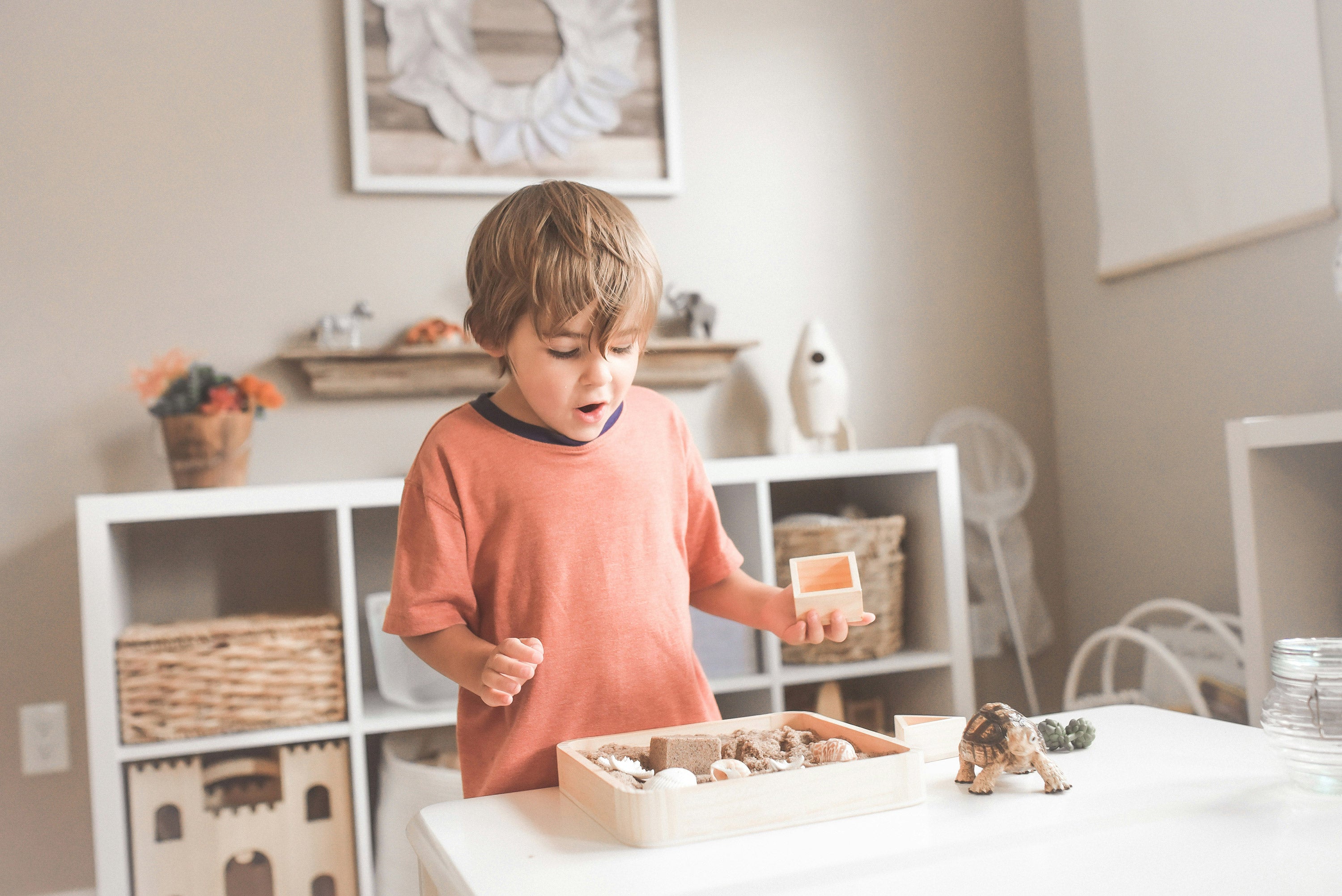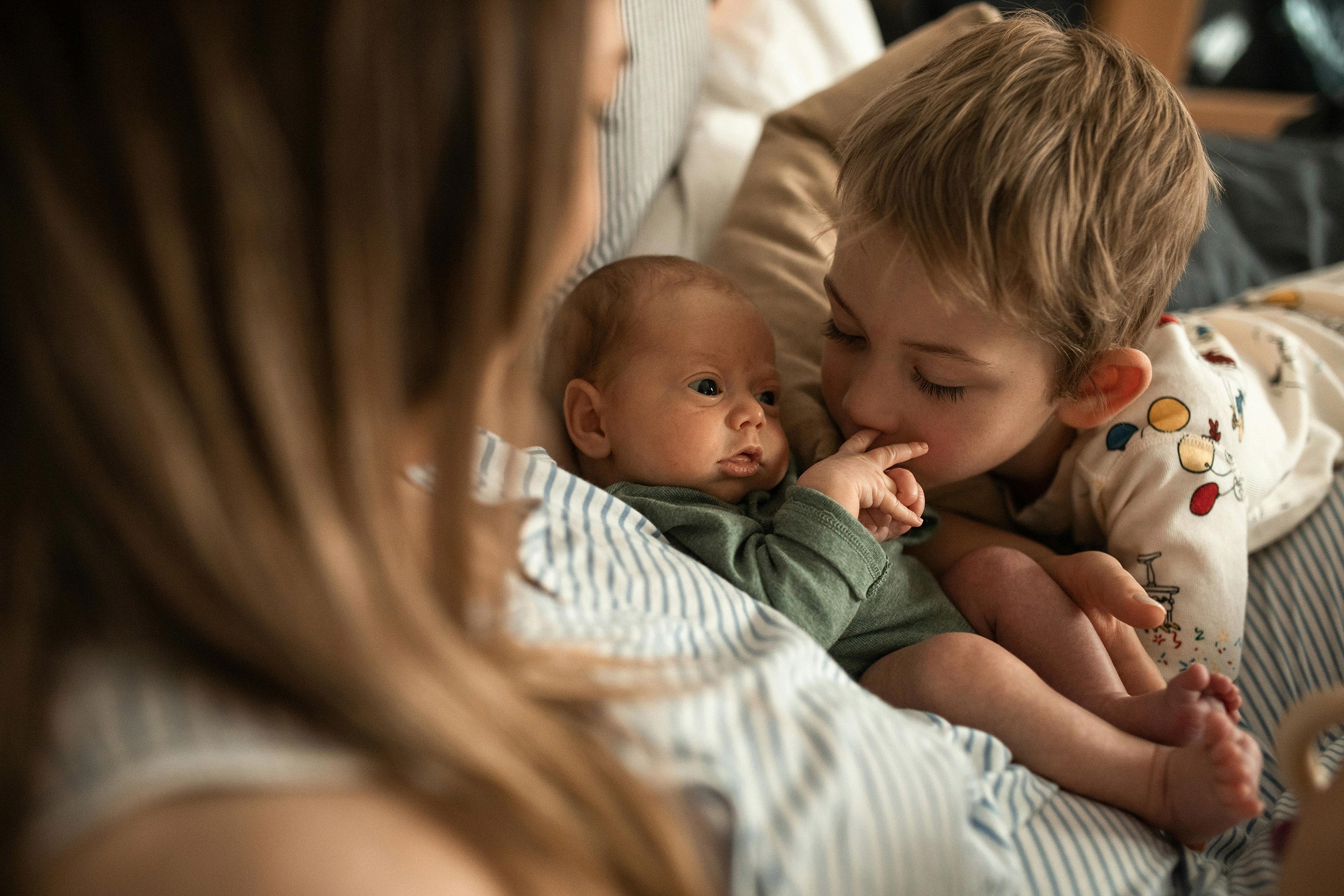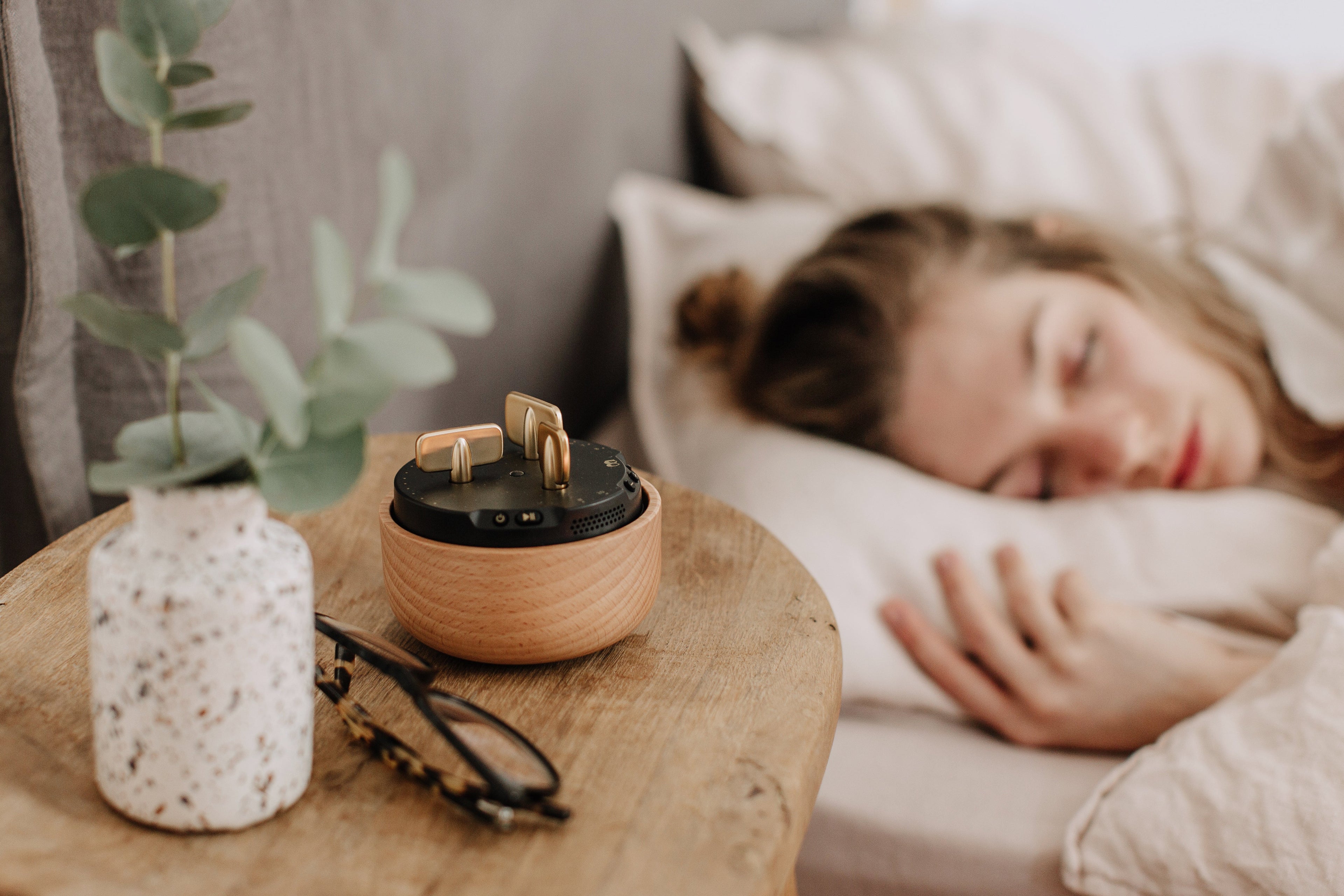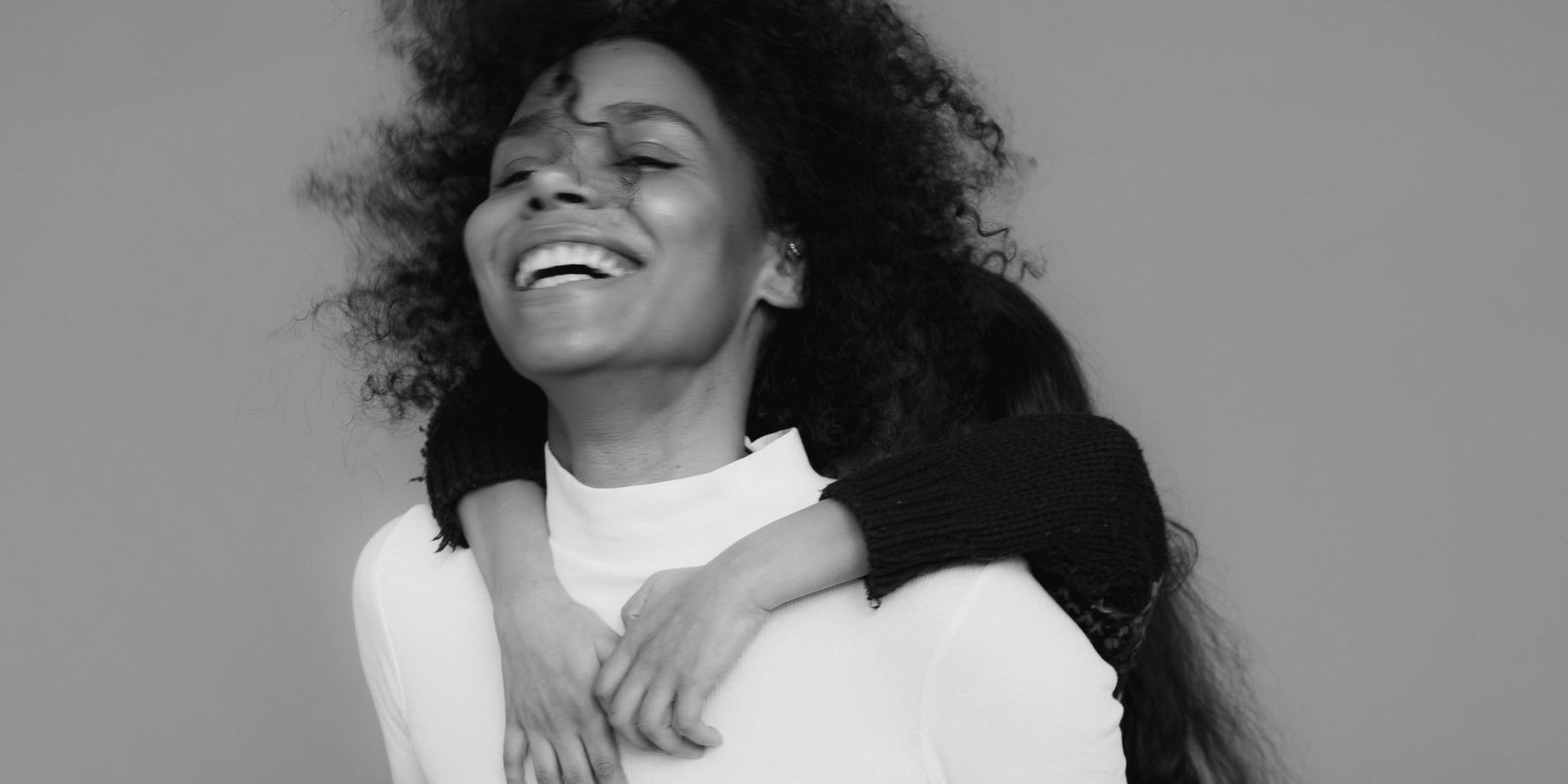As children go through different stages of growth, their physiology changes and their sucking urge and capacity increases. That’s why Difrax offers five different sizes of pacifier, based on age, to suit every child’s needs as they grow. This range spans from pacifiers for newborns to pacifiers for kids over 20 months old. As the age and size increase, the pacifier shield becomes bigger and the teat becomes firmer. But when is the right time to upgrade? Is age the only indicator or are there more factors that reveal if your child is ready to move up a size? Read on to find out.
Pay attention to your child
First and foremost, every child is unique. As a parent, you should be keeping a close eye on your child’s behaviour. You’re the best judge of what your child needs. If their pacifier seems to be getting uncomfortable or too small for them, upgrade it to a bigger one.
Age is a good indicator
Our pacifiers do come with an age indication – as a reference. This makes it easy for you to choose the right pacifier for your child. However, it’s important to note that it’s just an indication. If your child is bigger or smaller than average, for example, a pacifier for their age range may well be the incorrect size. Again, we recommend using your discretion as a parent.

When to switch?
The most important criterion is that your baby should be able to properly hold their pacifier comfortably in their mouth on their own – especially the Newborn, 0-6 months, and 6+ months pacifiers.
Here are some signs that your child might be struggling to hold their pacifier in their mouth:
- They make a visible, conscious effort to hold it in their mouth
- Your child quickly or often spits their pacifier out when you put it in their mouth
- The pacifier’s shape is imprinted on your child’s cheeks after use
If your child shows any of these signs, we recommend switching to a larger pacifier.

Please note that it’s important to inspect your child’s pacifier for damage every day. To do this, firmly pull the teat and check to see if it is damaged in any way. If it is, replace it immediately. For a little help with how to safely use a pacifier, follow this link.
























